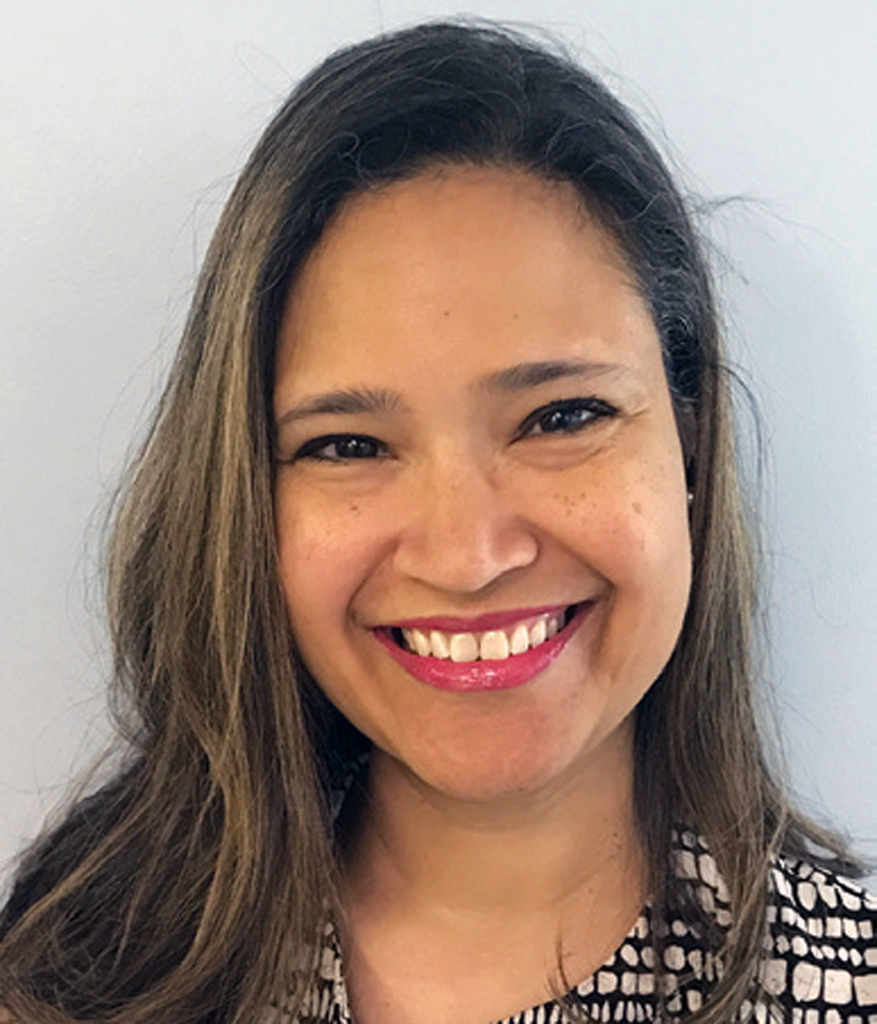 This year, more than 90 percent of children attended public school in the United States. That staggering percentage represents 50 million elementary and secondary school students.
This year, more than 90 percent of children attended public school in the United States. That staggering percentage represents 50 million elementary and secondary school students.
The organizations and teachers who serve public school students from vulnerable backgrounds — economically disadvantaged households, children with disabilities, ESL students — are well aware of the myriad of challenges they already face.
Opportunity gaps. Achievement gaps. Wealth gaps. Learning gaps. Sometimes it feels like the list is unending
Now, looming budget cuts to the U.S. Department of Education and a redirected focus on vouchers and charter schools threatens to widen those gaps to chasms, particularly the opportunity gap
Lack of access to quality inputs, such as teachers, facilities, curricula and extracurricular activities, leads to the resultant achievement gap that can put our kids at a disadvantage for life
According to the Schott Foundation’s Opportunity to Learn Index, “students from historically disadvantaged families have just a 51 percent Opportunity to Learn when compared to White, non-Latino students.” Even more cash-strapped, under-resourced public schools and underfunded (or unfunded) youth-serving organizations that are lifelines to our kids could cause this number to shrink even lower.
We know it’s not a matter of if there will be budget cuts; it’s a matter of when and how much. So, now is the time to create strategies that will mitigate the damage and continue to move our kids in the right direction.
One way to do this is by focusing on building strong partnerships between our organizations, pooling and leveraging resources to design effective strategies that provide wraparound supports for our children.
Partnering has always been key, but this strategy may be even more crucial now as the potential for decreased resources impacts all of us, whether our focus is students with disabilities, out-of-school time, early childhood, elementary or high school.
Recruiting mentors — local community members or teachers to work with our kids or lead classes and activities that they normally would not be exposed to in their schools — is one way to continue to narrow the gap.
It’s also more important than ever that we be advocates for our kids and expose the long-term impact of failing to invest in quality education for all students. The Schott Foundation’s National Opportunity to Learn Network features policy guides, infographics and reports that can be used when contacting politicians, as well as to inform our work.
In addition to the cuts to education, social service agencies and departments like Housing and Urban Development also face a decrease in funding. For children whose families depend on these services, such cuts could lead to increased stress at home that can follow them to school and cause problems with behavior and concentration..
Traditional disciplinary methods like suspensions will do more harm than good since kids can’t learn if they aren’t in school.
Using restorative practices to address behavior and incorporating social and emotional learning (SEL) into the school day can help students deal with stress in healthy ways, increase attachment to school, and improve relationships between students and teachers, and even within school administrations. These skills and relationships can prevent kids from giving up on themselves and school, dropping out and eventually entering the “pipeline to prison
Tools like SEL, mindfulness and Positive Behavior Interventions and Supports (PBIS) can help vulnerable kids filter through the clutter of constant stress and trauma, leading to improved behavior and better academic performance.
Today, terms like “grit” and “perseverance” are popular, even trendy. For kids who come from disadvantaged backgrounds, grit is a way of life, not something they need to develop.
Many of them have been forced to exhibit tremendous strength from an early age, often just to make it to school and safely get through the day. They’re already displaying the fortitude necessary to achieve success in life. Whether they can or not is a matter of opportunity, not capacity.
The impending budget cuts threaten to further reduce opportunities for underrepresented children. Whether that happens is up to us.
Barbra Buoy is the development associate in the Atlanta office of WINGS for kids where she primarily focuses on grant writing. She has worked in the nonprofit sector for 15 years in the areas of international humanitarian aid and education.






























